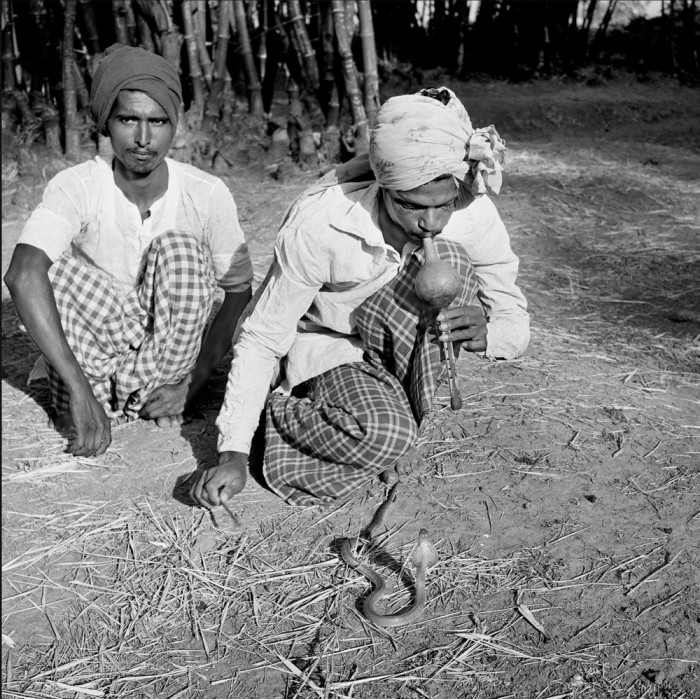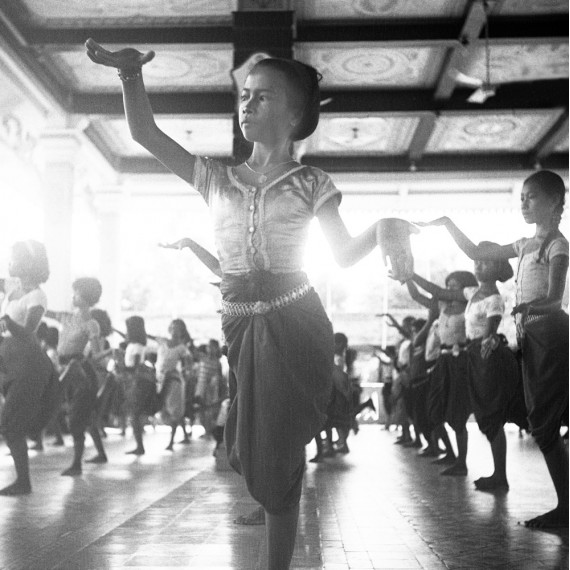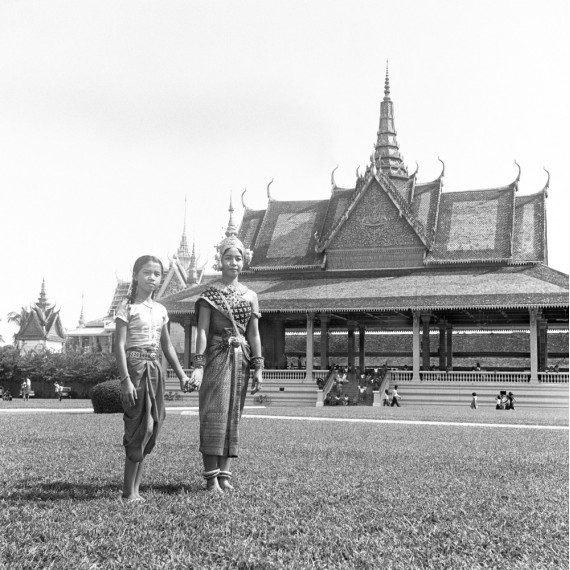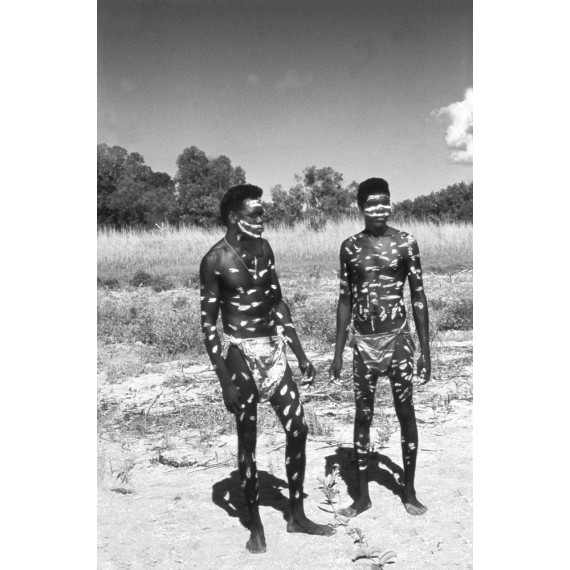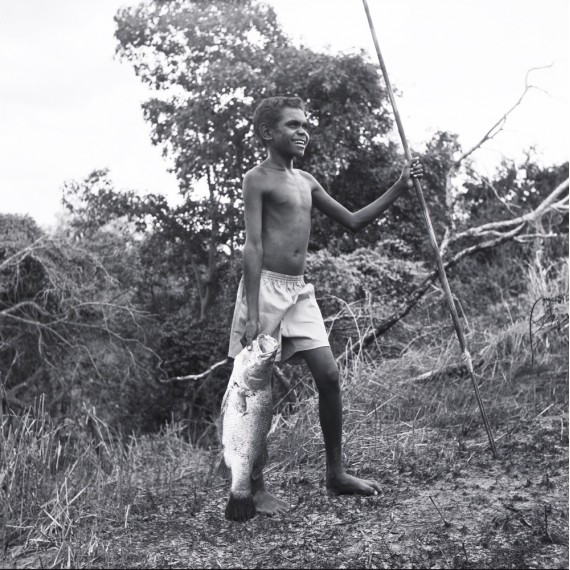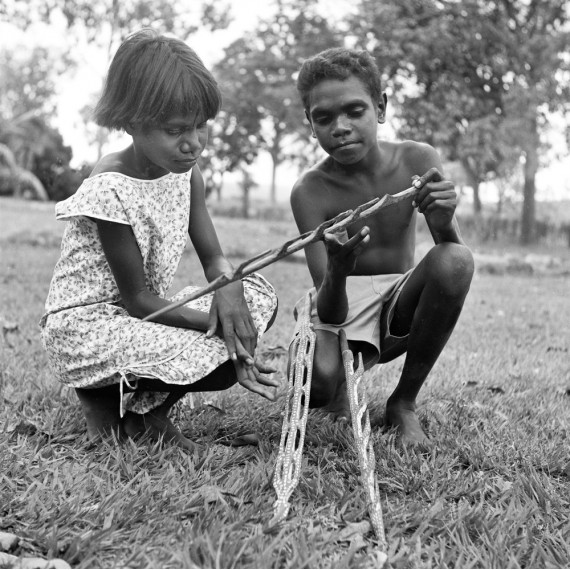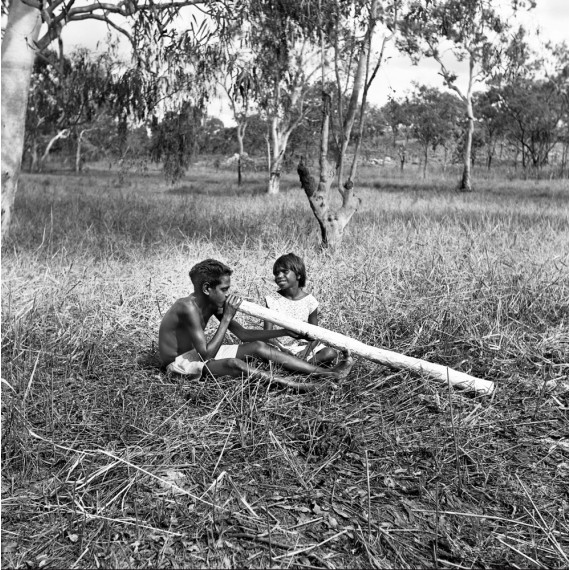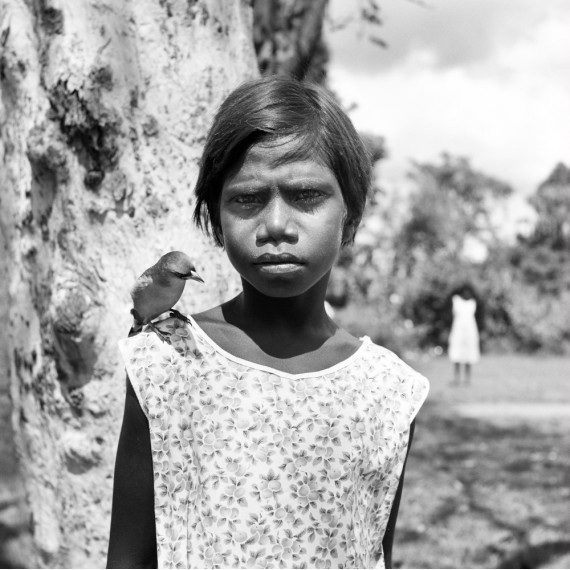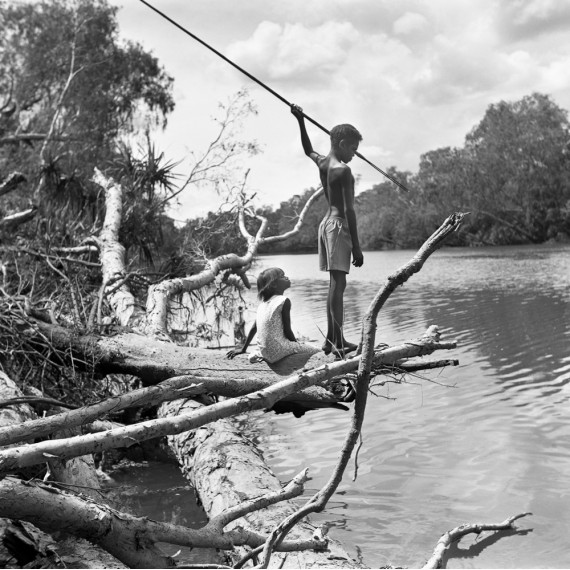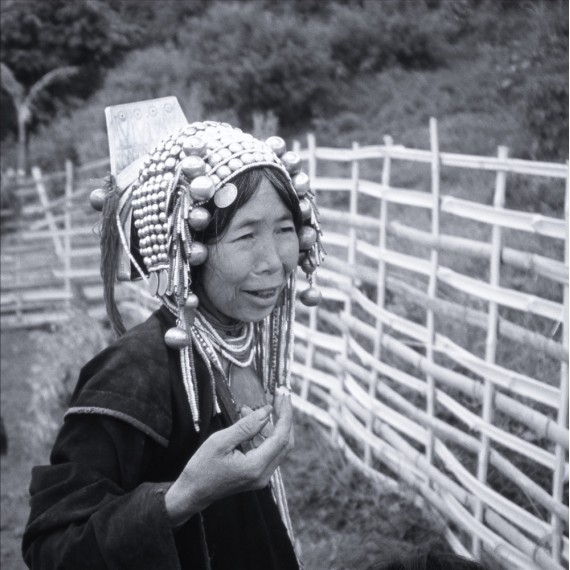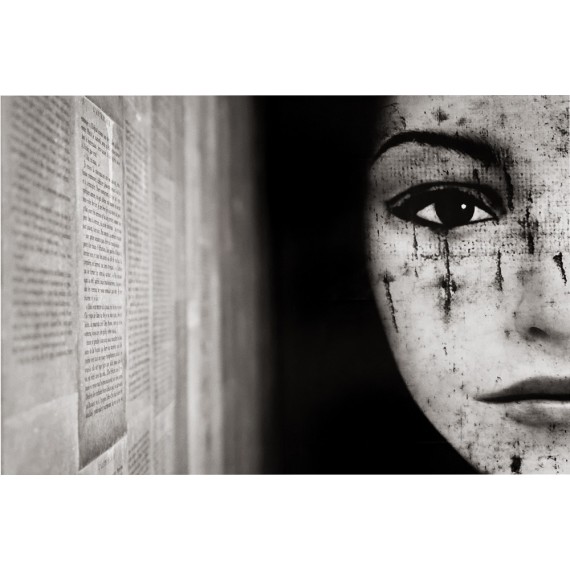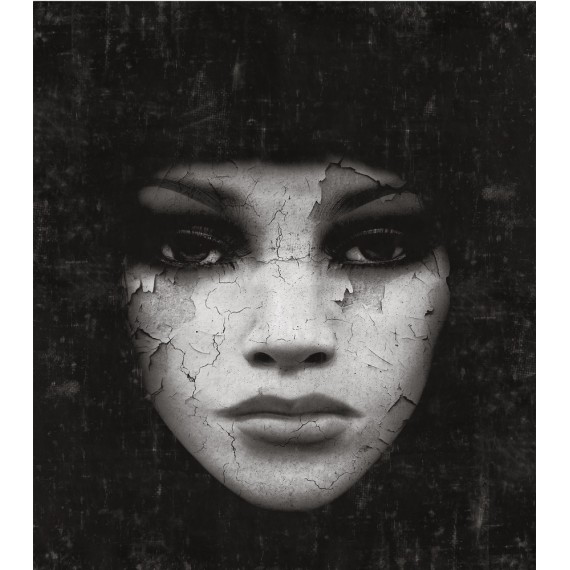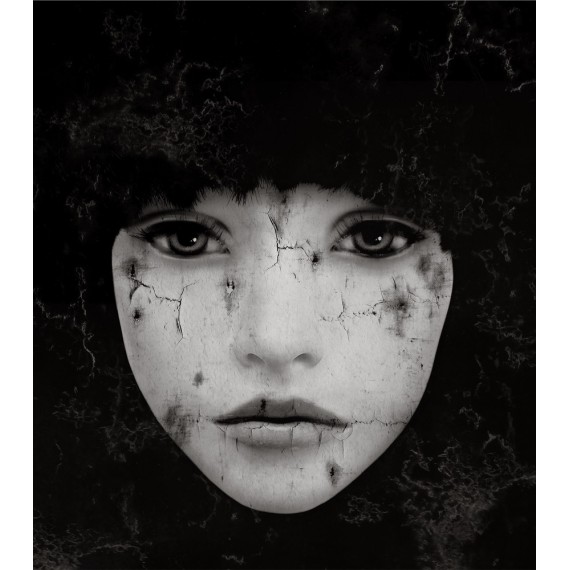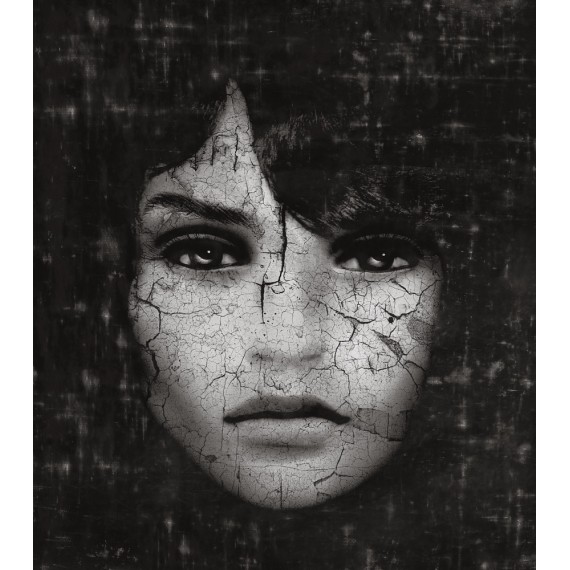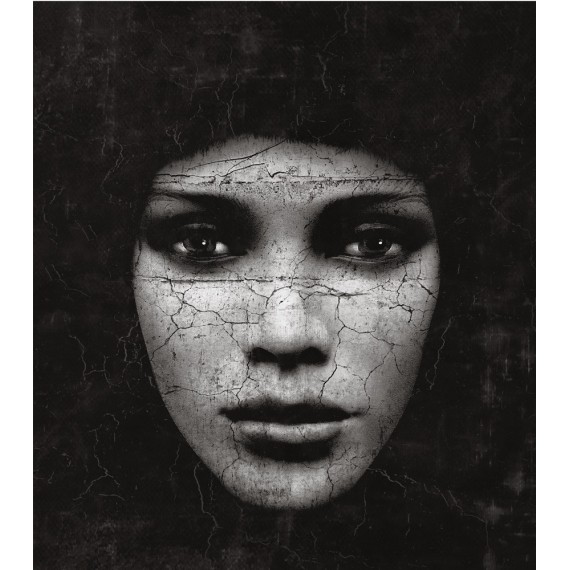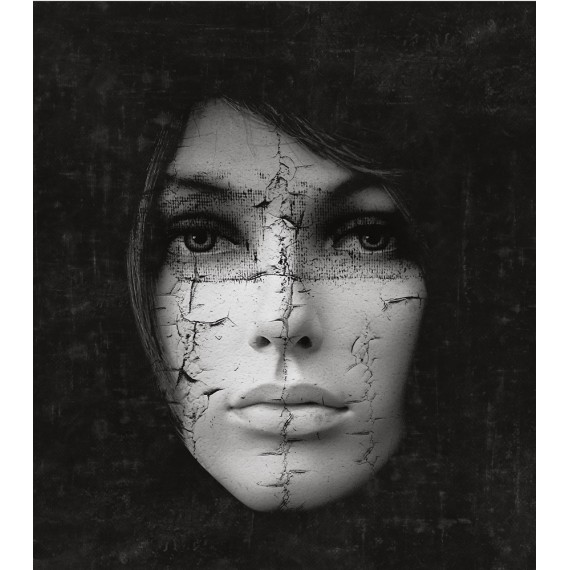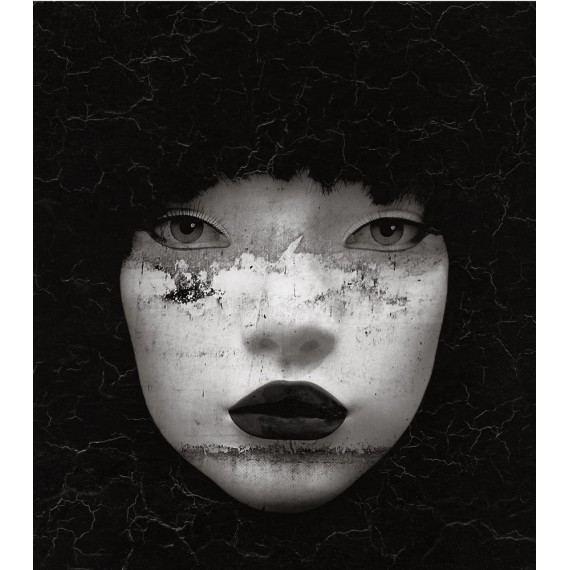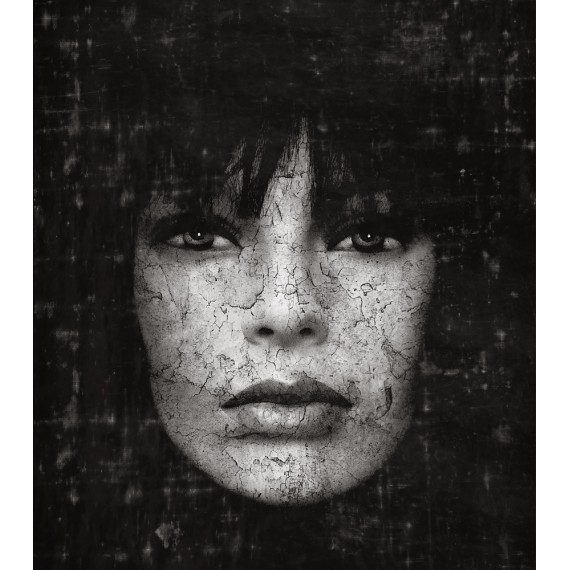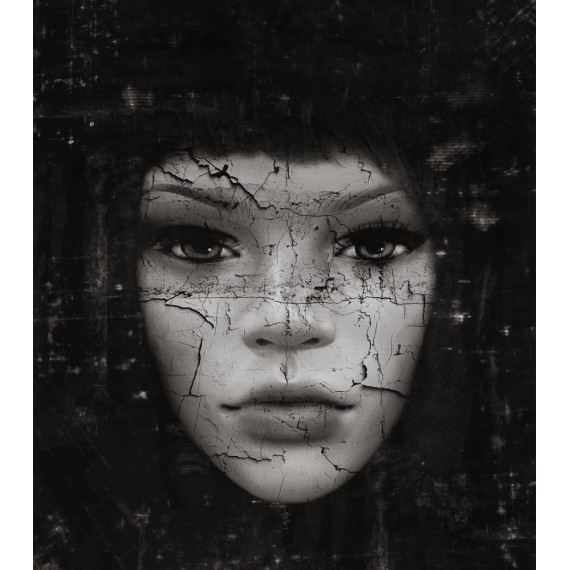Artist: Édith France LESPRIT
Series: The Bhils, India
Title: The Snake Charmer – The Bhils, India, 1968
Medium: Photograph taken by Édith France Lesprit with a Yashica camera in 1968. Digitized by photographer Pascal Danot in 2011, printed, pencil-numbered, and pencil-signed by Lesprit in a limited edition of 30 prints.
Signature: Signed on the mat
Limited Edition: 30 numbered copies, marked in pencil on the mat
Dimensions: Photo size without mat: 30 x 30 cm (11.8 x 11.8 in)
Notes: Mounted under a white 40 x 40 cm mat, ready for framing. Certificate of authenticity included.
Description:
In The Snake Charmer, Édith France Lesprit captures a scene that is both iconic and symbolic. Seated directly on the dry earth, one man plays an entrancing flute before a raised cobra, while a second man watches in silence. This image, intentionally direct in its composition, reveals much more than a picturesque moment—it speaks to the tension between tradition, survival, and spectacle.
Among the Bhils—an ancient, formerly nomadic people—the art of snake charming is as much a performance as it is a livelihood. Both a ritual gesture and a form of entertainment for travelers, it is embedded in a culture that is animist, agricultural, and deeply entwined with nature. Yet through Lesprit’s observant eye, this photograph becomes more than an ethnographic curiosity: it raises questions about the precarity of a marginalized lifestyle, one compelled to perform in order to endure.
The harsh light, the direct gazes, the proximity to the animal—everything in this composition confronts us with the ambiguity of how the "other" is viewed: fascination paired with neglect. True to her ethics as an engaged ethnologist, Lesprit suspends judgment to restore the full humanity of these men—their gestures, their craft, and their quiet resistance.
The Series: The Bhils, India
Of proto-Mediterranean origin, the Bhils are a nomadic people considered ancestors of the Roma, sharing some of their customs. The word "Bhil" likely derives from billee, meaning bow—an emblematic weapon still used until recently by men of these warrior tribes.
The Bhils have since settled in small family clusters across various villages. As with many tribal groups, they belong to the caste of "untouchables", working the land and seeking seasonal income along the roads during the hot months. Their homes are built from earth, bamboo, straw, and mud. Roof tiles are made of fired clay. The houses consist of a single room, where animals (goats, zebu, etc.) are kept in a corner at night.
They are now largely settled in the Gujarat region of India. Despite being a remote and difficult-to-access area, this region has undergone intense industrialization. Rich in minerals, it has attracted factories and companies, and pollution has driven traditional farmers like the Bhils into poverty and exile. Illegal logging has further destabilized the region, pushing leopards—deprived of prey—closer to human settlements, with recent attacks on villagers.
The NGO Bhasha (meaning “hope” in Hindi) supports around 100 villages in developing ultra-low-cost organic farming. Villagers borrow seeds (maize, lentils) from local seed banks instead of going into debt with major seed corporations. They help one another during harvests and invest in communal wells due to the scarcity of drinkable water.
Biography:
Édith France Lesprit was born in Paris in 1937. She studied ethnology in the United Kingdom. In 1964, she left Britain for Asia. In 1965, she encountered the Iban tribe, with whom she lived for several months—this experience became the subject of her thesis. She later lived among several other Asian tribes, from whom she brought back important documentary photographs.
In 1967, she met Mother Teresa for the first time in Calcutta. In 1975, she obtained a diploma in traditional Chinese medicine. From 1970 to 1980, she carried out humanitarian missions with Mother Teresa’s missionaries in the Charité hospices in Tejgaon, Bangladesh, and with the Salesian Sisters.
In 1976, she published Hell Where I Come From, a major testimony about Bangladesh, which received the Montyon Prize from the Académie française. In parallel, she wrote several novels for young readers, inspired by the tribes she encountered or her humanitarian work—some under the pseudonym Éric Lestier, others under her real name.
In 1978, she won the Grand Prize at the 7th Azur Biennial for a book on Chinese medicine. In the 1980s, she led many humanitarian missions in Cambodian and Laotian refugee camps in Thailand and was invited to speak on the subject internationally.
From 1990 to 2010, she trained "barefoot doctors" in Ethiopia—local nurses capable of providing basic healthcare. She also worked in leper colonies, rural clinics, orphanages, and homes for AIDS patients in Thailand, Cambodia, and Vietnam. She has also supported projects for disabled animals near Bangkok.
In 2009, she published an autobiographical novel, The Kingdom of Forgotten Gods, recounting her journey with the Iban in Borneo.
Today, she continues her humanitarian work around the world, particularly through the development of a school for classical Khmer dance in Cambodia:
"My project is to build a school of classical Khmer dance for poor girls, while providing them with an education and the moral values specific to Khmer dancers. The goal is to give them a dignified profession that protects them from the grave dangers that threaten them (prostitution, human trafficking, forced labor), and to help Cambodia reconnect with its extraordinary past and civilization, as Khmer dance is an essential part of Cambodian culture."
Her photographs were exhibited for the first time in 2011 at Galerie Roussard, in the exhibition Tribes.

